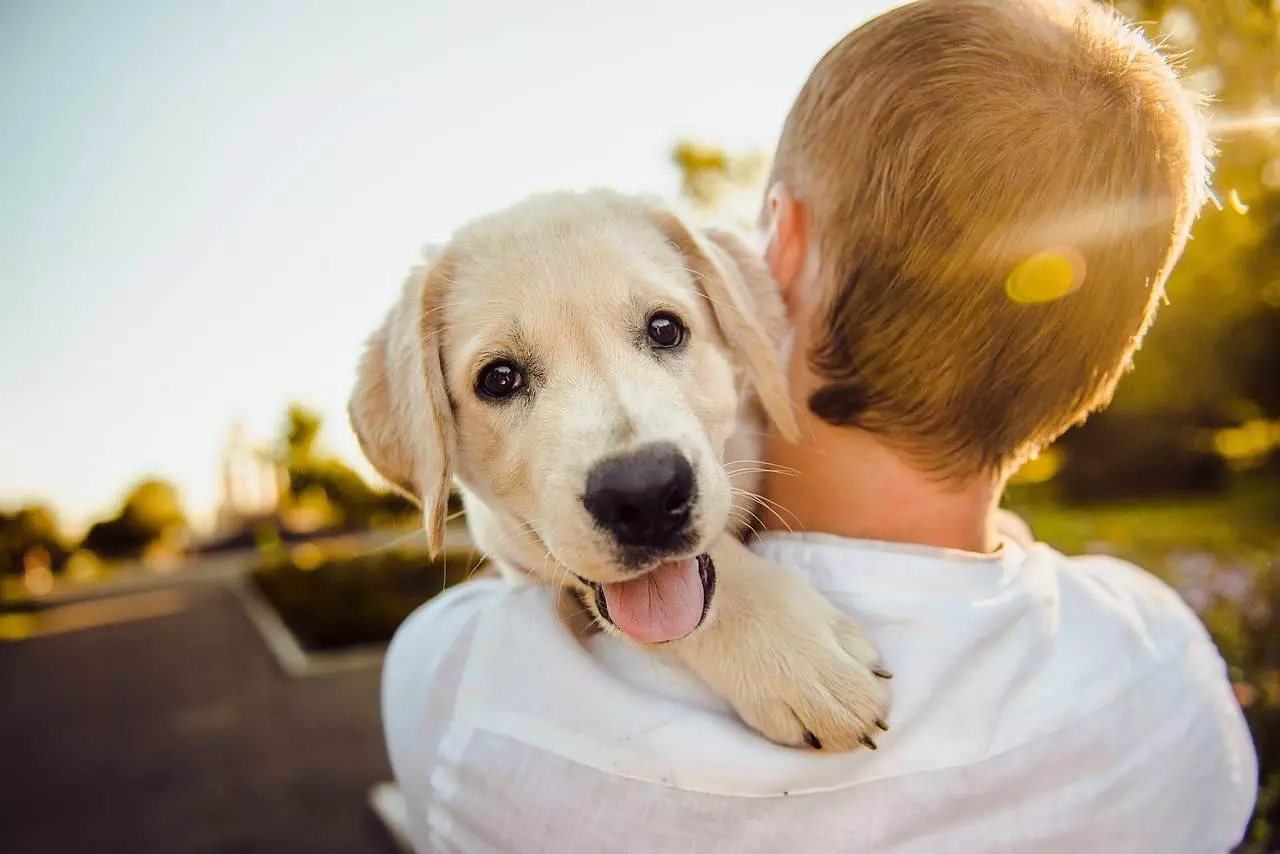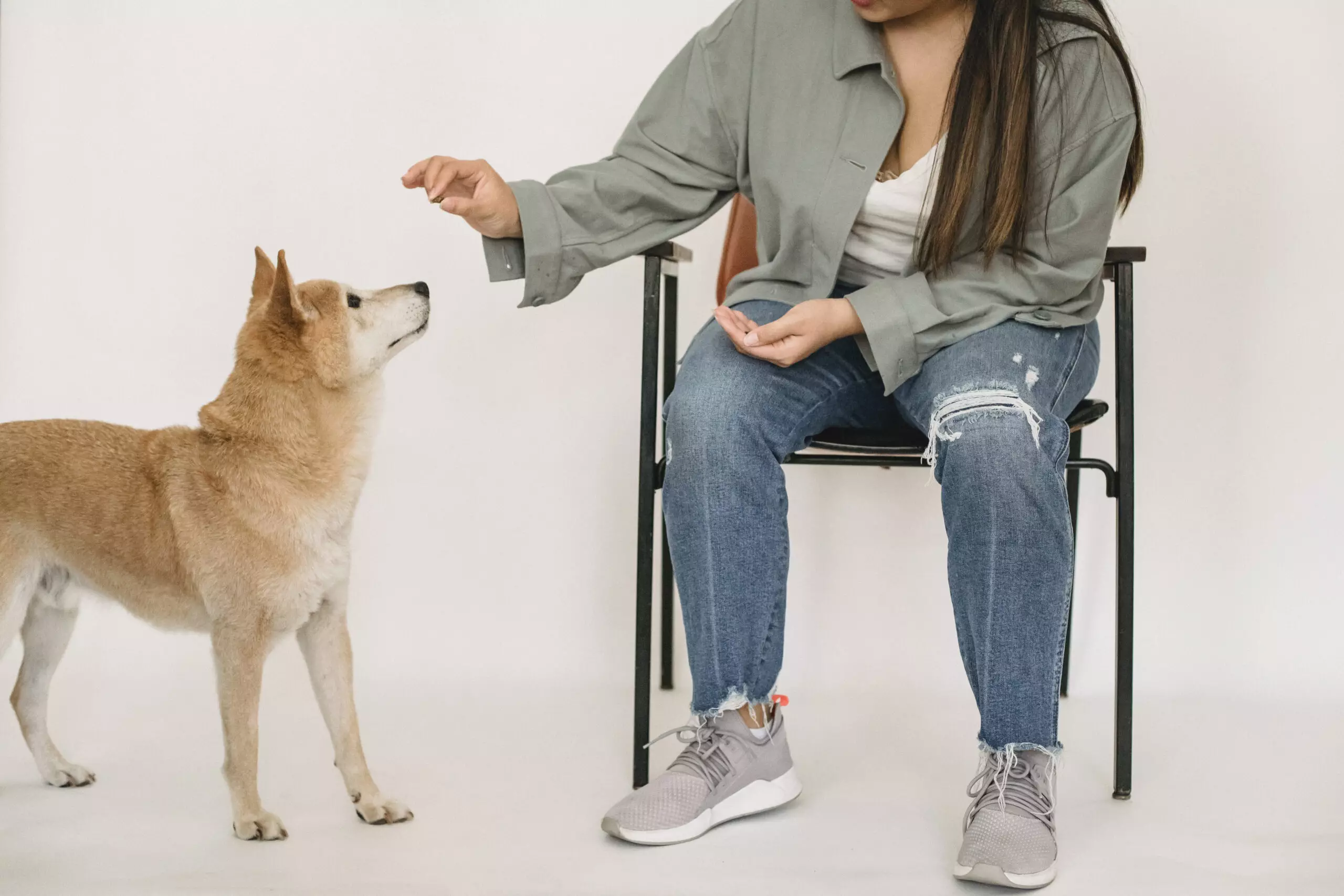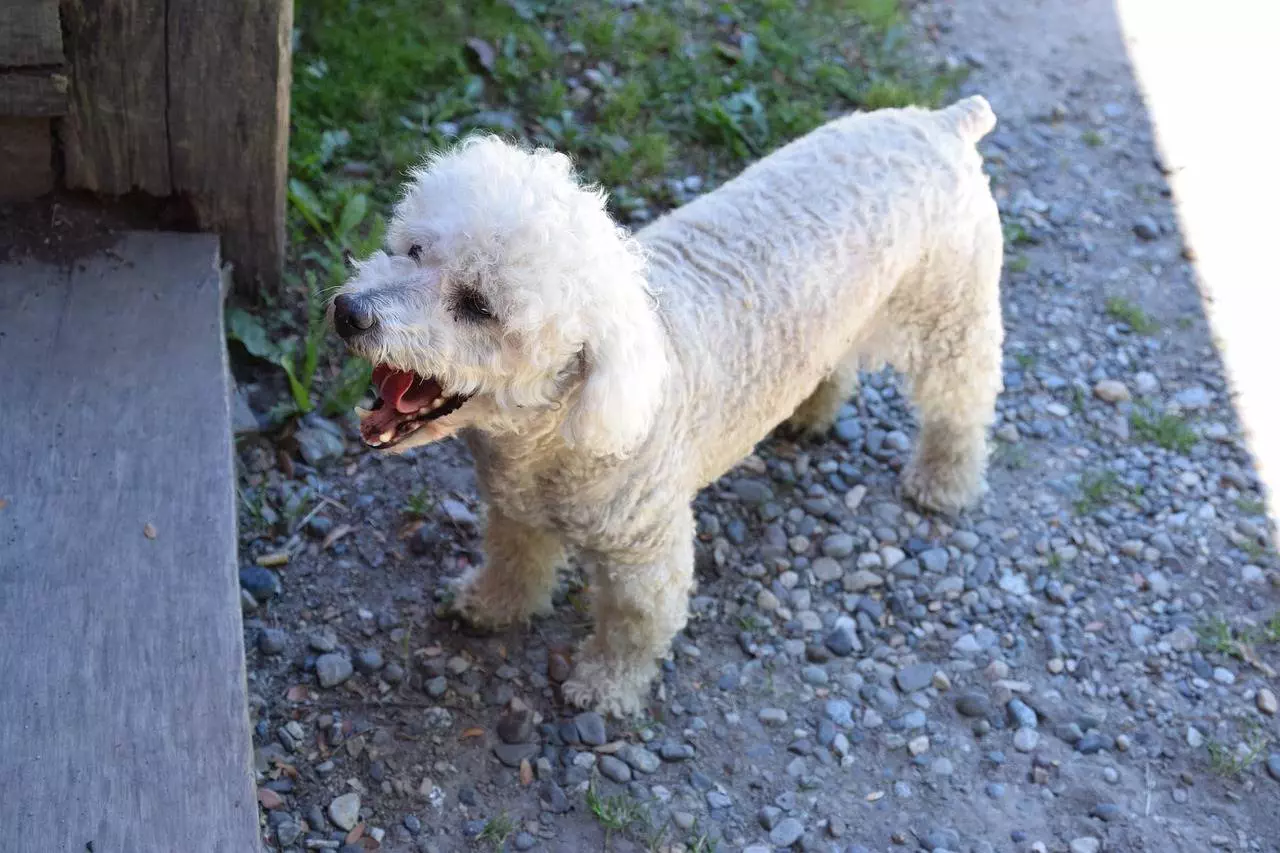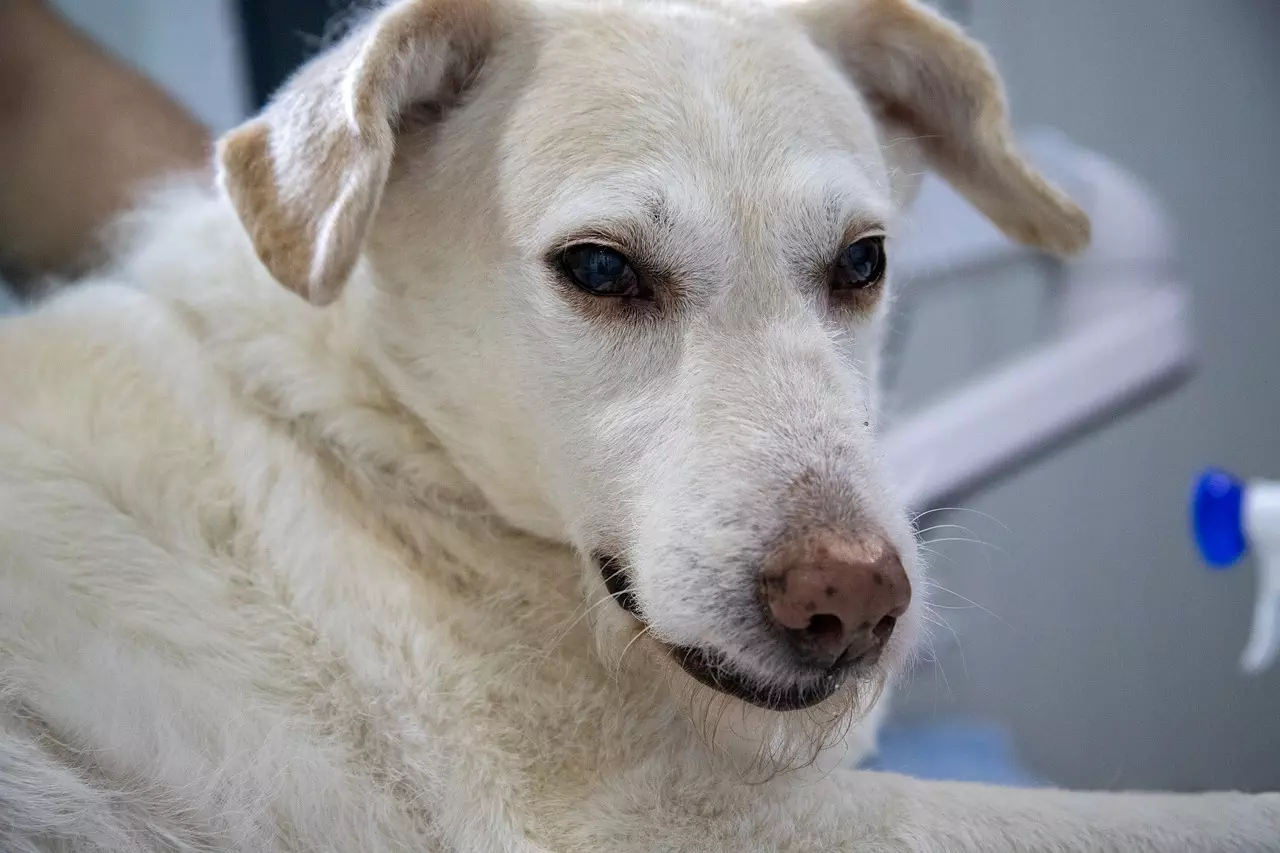Learn how to effectively potty train your puppy with practical tips and expert advice. Establish routines, use positive reinforcement, and say goodbye to accidents for good!
Have you recently brought home a new furry friend and find yourself in need of guidance on how to effectively potty train them? Look no further! In this article, you will find practical tips and expert advice on how to successfully navigate the process of potty training a puppy. From establishing a routine to using positive reinforcement techniques, you’ll learn everything you need to know to help your puppy become a well-mannered and clean member of your household in no time. Say goodbye to those pesky accidents and hello to a happy, potty-trained pup!

Setting the Stage
Create a designated potty area
When it comes to potty training your puppy, setting up a designated potty area is crucial. This will help your puppy understand where they are supposed to do their business and establish a consistent routine. Whether you choose to use pee pads, a specific spot in your yard, or a litter box, make sure it is easily accessible to your puppy and consistently available to them.
Choose a consistent cue word
To make potty training more effective, choose a cue word or phrase that you will consistently use when taking your puppy to their designated potty area. This can be as simple as saying “go potty” or “do your business.” By using the same cue word every time, your puppy will start to associate it with the action of eliminating, making it easier for them to understand what is expected of them.
Stock up on essential supplies
Before you start potty training, make sure you have all the necessary supplies on hand. This includes pee pads, cleaning supplies for accidents, treats for rewards, and a leash for taking your puppy outdoors. Being prepared ahead of time will help you stay organized and focused during the training process.
Establishing a Routine
Maintain a regular feeding schedule
One of the first steps in establishing a potty training routine is to feed your puppy at regular intervals. By feeding them at the same times every day, you can predict when they are likely to need to go potty. This will make it easier for you to schedule bathroom breaks and reduce the chances of accidents occurring.
Take your puppy out frequently
When potty training a puppy, it’s important to take them outside frequently. Aim to take your puppy out every couple of hours, as well as after meals, naps, and playtime. Puppies have small bladders and limited control over their bladder muscles, so frequent bathroom breaks are essential to their learning process.
Reward successful potty breaks
Positive reinforcement is key in potty training. When your puppy successfully goes potty in their designated area, be sure to shower them with praise and offer them a treat as a reward. This will help them associate going potty in the right place with positive experiences, making them more likely to repeat the behavior in the future.
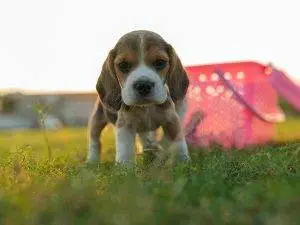
Understanding Your Puppy’s Signals
Observe behavioral cues
Every puppy has their own unique way of indicating that they need to go potty. By observing their behavior closely, you can start to recognize the signs that your puppy needs to eliminate. These cues may include restlessness, sniffing the ground, circling, or scratching at the door. Understanding your puppy’s signals will enable you to respond quickly and avoid accidents.
Recognize signs of discomfort
In addition to behavioral cues, your puppy may also exhibit signs of physical discomfort when they need to go potty. They may start whining, pacing, or even scratching or biting at their genital area. If you notice any of these signs, it’s important to act promptly and take your puppy to their designated potty area.
Learn to anticipate potty needs
As you spend more time with your puppy, you will start to develop a better understanding of their routine and bathroom needs. Pay close attention to the times when they are most likely to need to go potty, such as after a nap or a vigorous play session. Anticipating their needs and proactively taking them to their designated potty area can greatly accelerate the potty training process.
Positive Reinforcement Training
Use verbal praise and happy tones
When potty training your puppy, your words and tone of voice can make a big difference. Use cheerful and encouraging tones to praise your puppy when they eliminate in the right place. Saying things like “good job” or “good girl/boy” will let them know that they are doing the right thing and reinforce the desired behavior.
Offer treats as a motivational tool
In addition to verbal praise, treats can be a powerful motivator for your puppy during potty training. Keep a stash of small, easily digestible treats handy and offer them to your puppy immediately after they go potty in their designated area. This positive reinforcement will create a positive association with the act of eliminating and further reinforce their understanding of where it should be done.
Employ clicker training for quick associations
Clicker training can be a useful tool during potty training as it helps to create quick associations between behaviors and rewards. Use a clicker to mark the moment your puppy successfully eliminates in the designated area, and immediately follow it with praise and a treat. This will help your puppy understand exactly what behavior they are being rewarded for.
Dealing with Accidents
Stay calm and avoid punishment
Accidents are a natural part of the potty training process, and it’s important to handle them calmly and without punishment. Remember that your puppy is still learning, and accidents are often a result of their limited bladder control. Getting angry or scolding your puppy will only confuse and frighten them, making it harder for them to understand the desired behavior.
Clean up accidents properly
When accidents do happen, it’s crucial to clean them up properly to prevent your puppy from being attracted back to the same spot. Use an enzymatic cleaner specifically designed for pet accidents to remove any lingering odor. This will discourage your puppy from returning to the area and help to prevent future accidents in the same spot.
Prevent future accidents through supervision
To minimize the chances of future accidents, it’s important to supervise your puppy closely. Keep an eye on them at all times or confine them to a small, puppy-proofed area when you can’t directly supervise them. This will prevent them from sneaking off and having accidents when you’re not looking, and allow you to intervene and redirect them to their designated potty area as needed.
Gradual Transition to Outdoor Elimination
Slowly shift potty area from indoors to outdoors
If your goal is for your puppy to eliminate outdoors, you’ll need to gradually transition them from an indoor potty area to the outdoors. Start by moving their designated potty area closer to an exit and then gradually move it outdoors over time. This gradual transition will help your puppy understand that they should be eliminating outside and prevent confusion during the training process.
Gradually increase outdoor potty breaks
As your puppy becomes more comfortable with going potty outdoors, gradually increase the frequency of outdoor bathroom breaks. Extend the time between indoor potty breaks and take your puppy outside more frequently. This will reinforce the association between going potty and being outdoors, making it easier for your puppy to understand the expected behavior.
Encourage use of outdoor potty area
When your puppy successfully goes potty in their outdoor potty area, make sure to reward them and offer praise. Encourage them to explore the area and recognize it as their designated spot. You can also use a cue word or phrase to remind them of what they are supposed to do while outside. With consistency and positive reinforcement, your puppy will soon learn to prefer outdoor elimination.
Troubleshooting Common Challenges
Addressing regression in potty training
It’s not uncommon for puppies to experience regression in their potty training progress. This can happen for various reasons, such as changes in routine, new environments, or even medical issues. If you notice your puppy having accidents after a period of successful potty training, revisit the basics and reinforce the established routine. Provide extra supervision and take them outside more frequently to remind them of the desired behavior.
Dealing with stubbornness or resistance
Some puppies may be more stubborn or resistant when it comes to potty training. If you’re facing challenges in this area, it’s essential to stay patient and consistent. Ensure that you’re using positive reinforcement, offering treats and praise for successful potty breaks. Additionally, focus on building a strong bond with your puppy through regular play sessions and training exercises, as this can help in overcoming their resistance.
Fear or anxiety-related issues may sometimes interfere with a puppy’s ability to successfully potty train. If your puppy seems fearful or anxious when it comes to elimination, it’s important to address the underlying cause. Consult with a professional dog trainer or behaviorist who can help you identify the source of your puppy’s fear and develop a training plan to gradually overcome their anxieties.
Creating a Confinement Strategy
Utilize crate training for limited freedom
Crate training can be an effective strategy for potty training your puppy, especially when you can’t directly supervise them. A crate provides a safe and cozy space for your puppy when you’re unable to actively watch over them. Make sure the crate is appropriately sized, comfortable, and includes bedding. Remember to take your puppy out for potty breaks frequently during crate training to prevent accidents inside the crate.
Use baby gates or playpens for containment
In addition to crate training, using baby gates or playpens can be helpful in containing your puppy to a specific area. This allows you to keep an eye on them while preventing them from accessing areas where accidents may occur. Ensure the area is puppy-proofed and includes their designated potty area. Gradually increase the size of the area as your puppy becomes more reliable in their potty training.
Implement a bathroom schedule when confined
When your puppy is confined to a specific area, implementing a bathroom schedule can further reinforce their potty training. Set specific times throughout the day to take your puppy to their designated potty area. By establishing a routine, your puppy will learn to anticipate bathroom breaks and understand that they need to hold it until they are taken to the appropriate spot.
Consistency and Persistence
Stick to the established routine
Perhaps the most crucial aspect of potty training is consistency. Stick to the established routine and schedule you have developed for your puppy. By being consistent in your approach, you’re setting clear expectations for your puppy and making it easier for them to understand and learn what is expected of them.
Maintain consistency in training methods
Consistency is not only important in terms of routine but also in the training methods you use. When it comes to potty training, stick to the positive reinforcement techniques you’ve employed from the beginning. Avoid switching between methods or punishing your puppy for accidents. Consistency in your approach will lead to quicker and more effective results.
Don’t give up – persistence is key
Potty training may not always progress as quickly as we hope, but it’s essential not to give up. Persistence is key in successfully potty training your puppy. Remain patient, continue to reinforce the desired behavior, and adapt your training methods as needed. Remember that every puppy is different, and it may take some time for them to fully grasp the concept of potty training.
Seeking Professional Guidance
Consult a professional dog trainer
If you’re facing significant challenges or feel overwhelmed with potty training, don’t hesitate to seek professional guidance from a certified dog trainer. A professional trainer can assess your specific situation, provide tailored advice, and develop a training plan that addresses your puppy’s individual needs.
Consider professional puppy obedience classes
Enrolling your puppy in professional puppy obedience classes can also be a helpful step in their potty training journey. These classes provide structured training sessions that reinforce basic obedience skills, including proper elimination habits. The guidance and expertise of a professional trainer, combined with the socialization opportunities for your puppy, can greatly enhance their potty training progress.
Get specialized help for specific challenges
For specific challenges that may arise during potty training, such as excessive accidents, fear-related issues, or medical concerns, it’s best to consult with a specialized professional. A veterinarian or canine behaviorist can help identify any underlying medical or behavioral issues and provide targeted solutions to address them.
Potty training a puppy takes time, patience, and consistency. By following these tips, establishing a routine, using positive reinforcement techniques, and seeking professional guidance when needed, you can effectively potty train your puppy and set them up for a lifetime of good bathroom habits. Remember to celebrate each success along the way and enjoy the journey of bonding with your furry friend.


